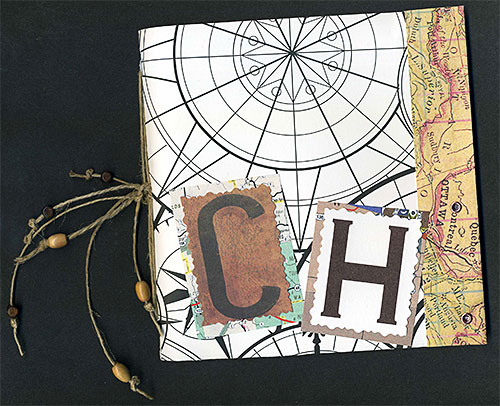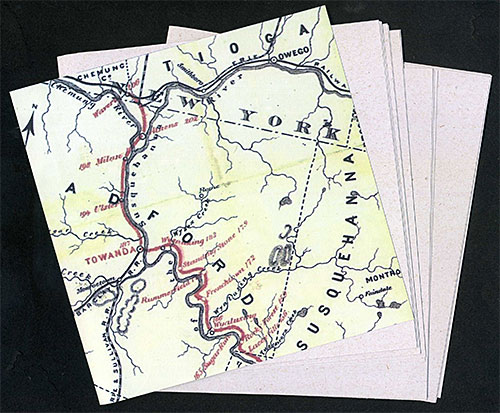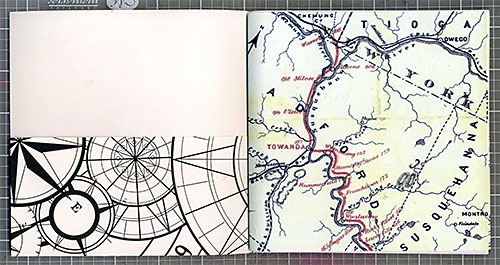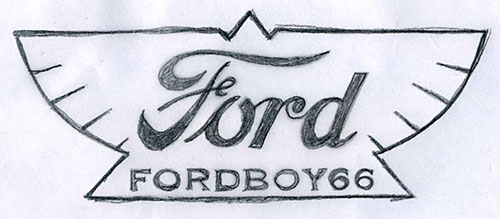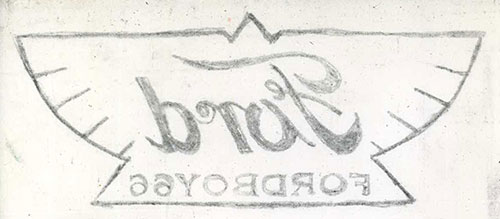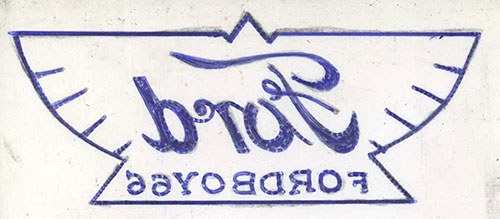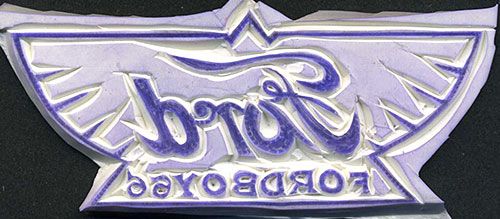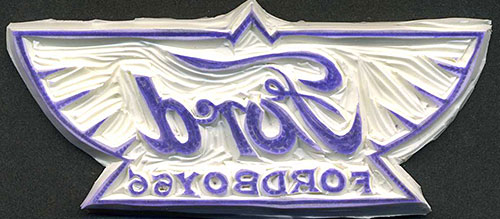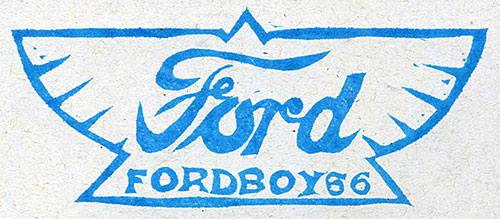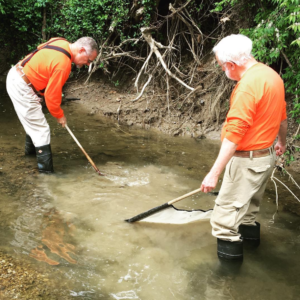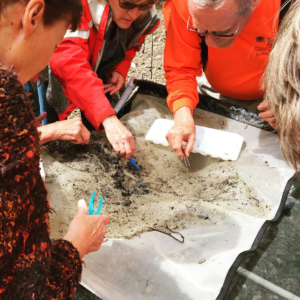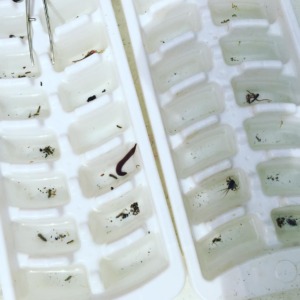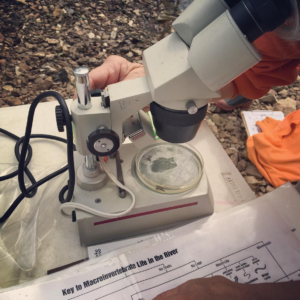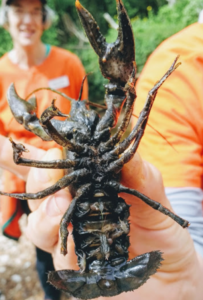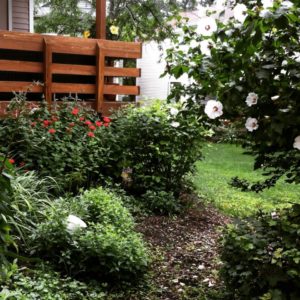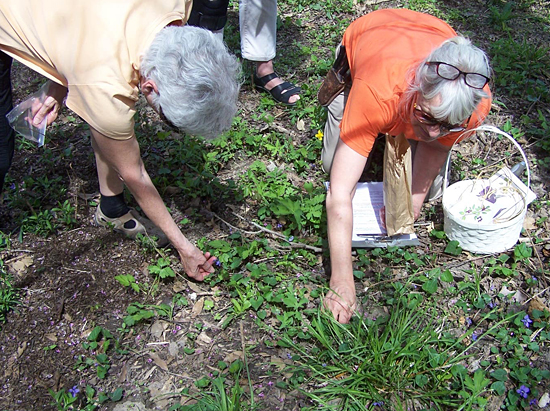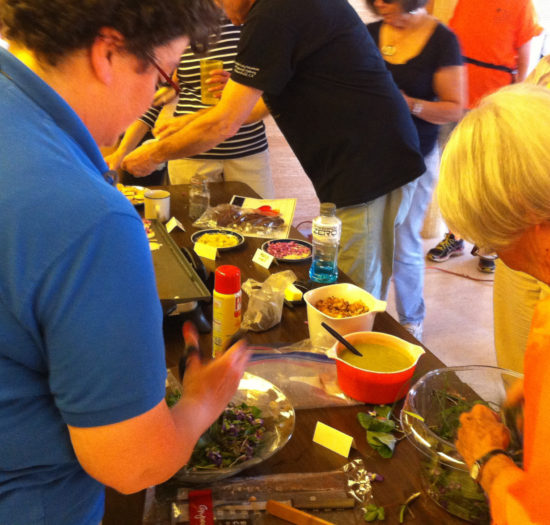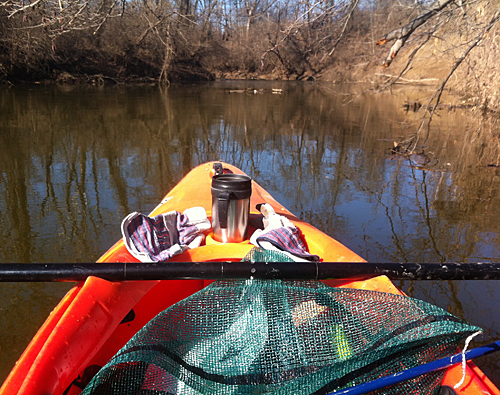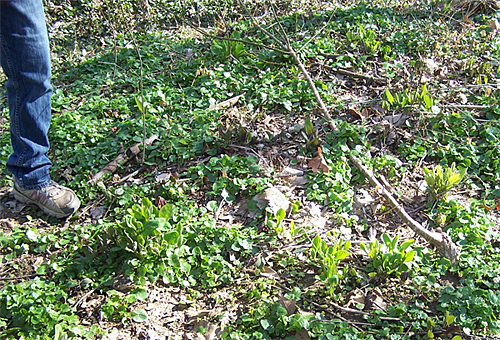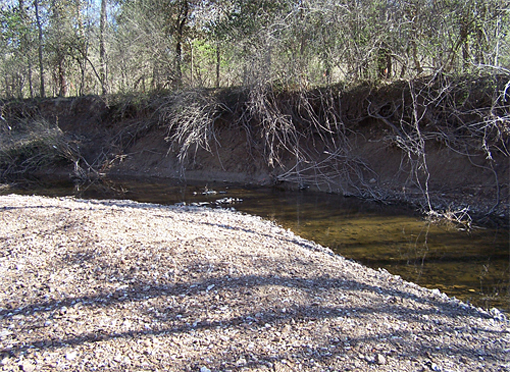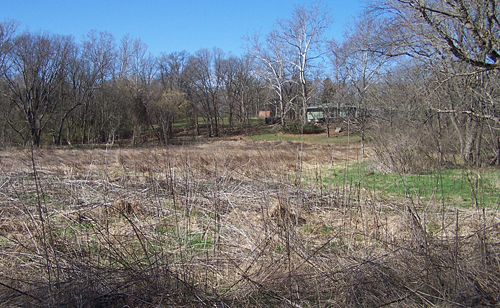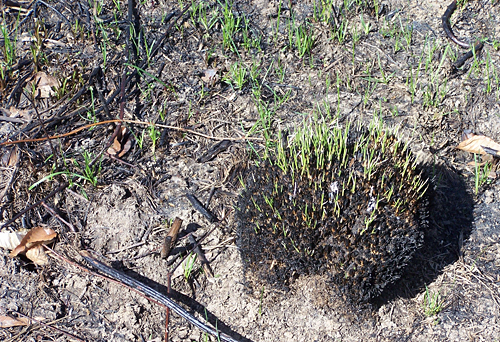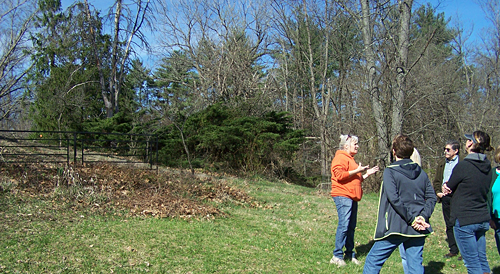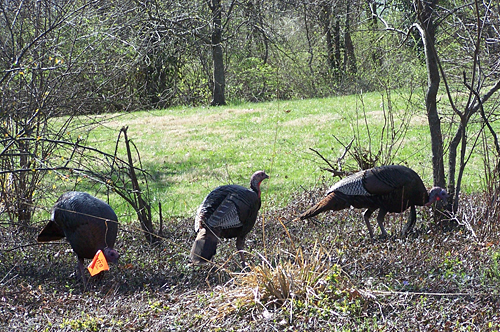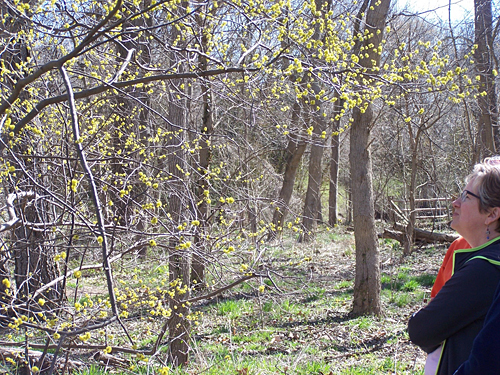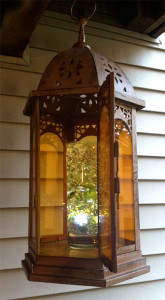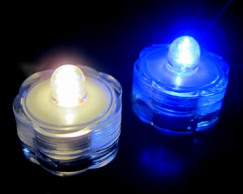We are often told that gardening is good for our health both mentally and physically. It is widely believed that spending time with nature, having house plants, access to windows with views of natural scenes, real and facsimile floral arrangements in our living and working spaces and even pictures of plants and flowers have the power to make people feel better. I was gifted five books on horticultural therapy for Christmas, and I now have the proof right in my hands (if I needed it) that all of these assertions are true!
Some of the physical benefits of participating in indoor or outdoor horticultural activities, and in some cases merely viewing plants or landscapes, include improved mobility, coordination, endurance, muscle conditioning, blood pressure, heart rates and respiration (Doherty 21-22, 27-28). The mind and it’s functions also respond positively to horticultural activities and subjects. Clients of horticultural therapy and people exposed to plants and aesthetic representations of plants have been known to show improvements in memory, social development, psychological development, cognitive development, relaxation and positive attitudes (Doherty 21-22, 27-28).
As I work my way through this new mini library I have been fortunate to acquire, I will learn more about why horticulture benefits us in so many ways and how to leverage the effects to the best of my ability in my own gardens, and any others that I may be asked to work on in the future. I’m currently in graduate school for Advertising and Marketing Communications at Webster University while I work part-time for Schnarr’s and don’t know what direction my life will take when the course of study is done. What I do know is that gardening will be part of my life as long as I have sufficient life in me and that any human being can benefit greatly from activities involving horticulture and plants (Doherty 24).
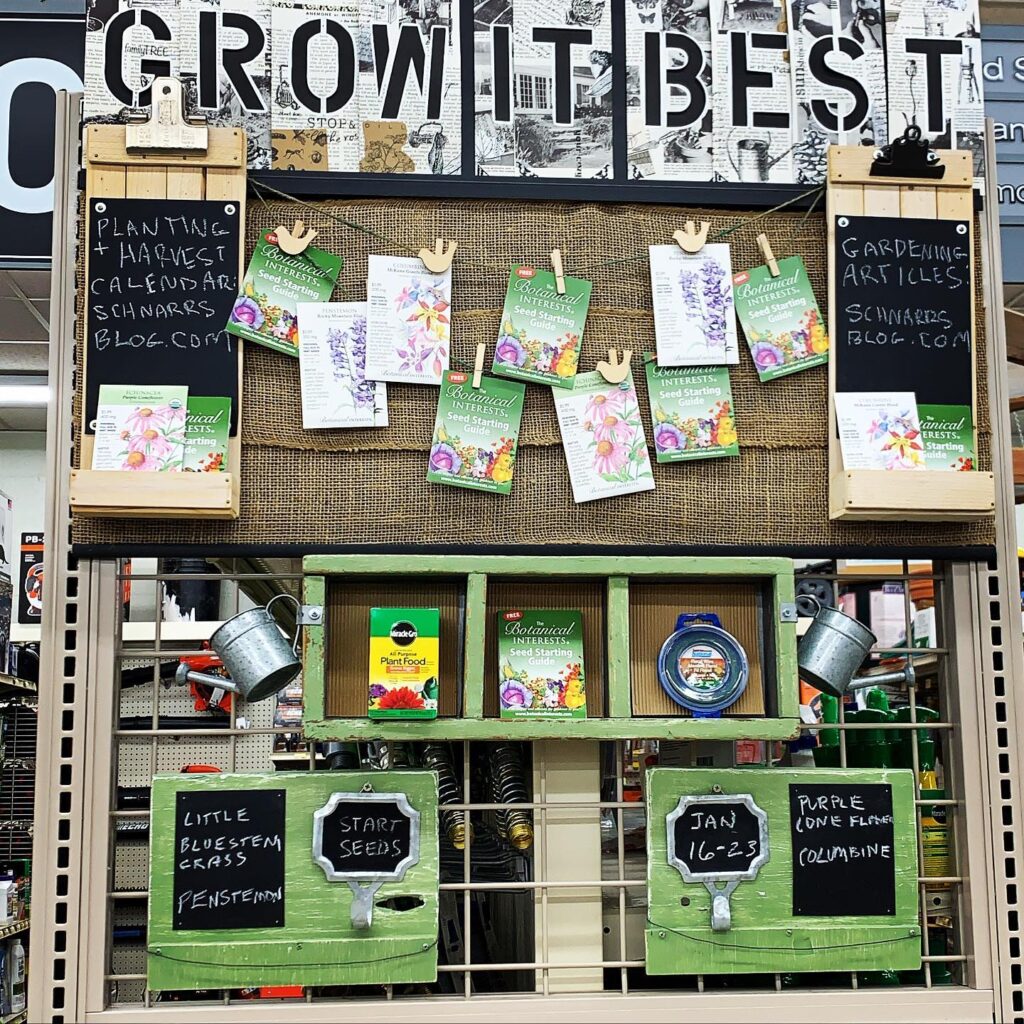
In our Lawn and Garden department at Schnarr’s Webster, we’ve endeavored to make it a little easier to start your garden this year by suggesting plants that you can start from seed, and later in the season transplant and harvest, right at the time you visit the store. Each week as I change the display I hope you enjoy the new information.
You can also view the calendar we have provided on this blog that includes St. Louis area based suggestions for seed starting, transplanting outdoors and harvesting dates for various popular plants. In addition, when we hear about educational classes and events that we think sound worthwhile and have the potential to increase the value you get from your garden, we will include those on the calendar also.
Works Cited and Bibliography
Doherty, Janice Hoetker. A Calendar Year of Horticultural Therapy. Lilyflower Publishing, Inc., 2009.
Marcus, Clare Cooper and Naomi A. Sachs. Therapeutic Landscapes: An Evidence-Based Approach to Designing Healing Gardens and Restorative Outdoor Spaces. Wiley, 2014.
Simson, Sharon P, PhD and Marha C. Strauss, HTM, Editors. Horticulture as Therapy: Principles and Practice. CRC Press, 1998.
Wells, Suzanne E. MS, Editor. Horticultural Therapy and the Older Adult Population. The Haworth Press, Inc., 1997.
Winterbottom, Daniel and Amy Wagenfeld. Therapeutic Gardens: Design for Healing Spaces. Timber Press, 2015.
